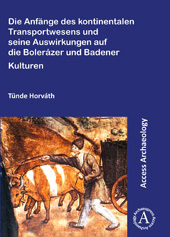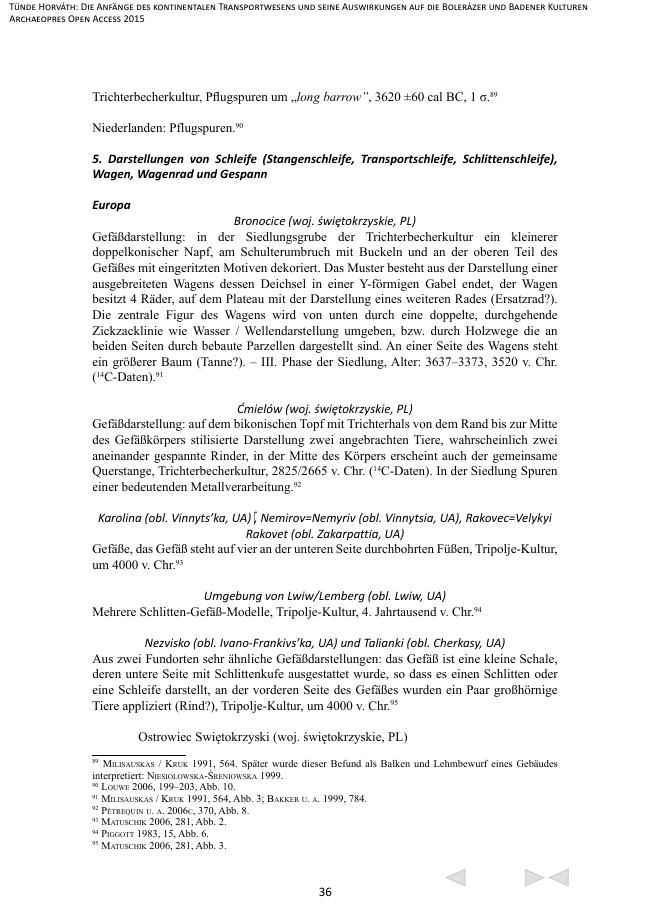Die Anfänge des kontinentalen Transportwesens und seine Auswirkungen auf die Bolerázer und Badener Kulturen
82 p.
The earliest finds of wheeled vehicles in northern and central Europe date to 3900-3600 BC. However finds (3400–3300 BC) from the Boleráz sites of Arbon/Bleiche 3 and Bad Buchau/Torwiesen II, linked to pile-dwelling settlements, indicate methods of transport typical for higher altitudes (slides, sleds, etc.). The Boleráz and Baden cultures overlap in the Carpathian Basin between 3300–3000 BC and this period seems to have produced transport models that parallel finds in today's Austria, Slovakia, Hungary, and other regions. These suggest that generally the Boleráz settlers inside the Carpathian Basin did not know, or use, the wheel in the fullest sense. Cart and wheel forms are indicated only from Grave 177 at Budakalász (2800–2600 BC). The Hungarian Baden finds follow the Danube and to the East there are no certain vehicle remains. It is difficult to tell whether the Boleráz finds are linked to the wider Alpine zone, and the Baden finds are perhaps associated with the mixed-culture sites along the eastern slo
pes of the Carpathians. The four-wheeled wagon was a development linked to the plains and the Steppes (Cucuteni–Tripolje, Pre-Yamnaja, Yamnaja). The nature of the finds relating to vehicles associated with lake and riverine settlements reveal technical and material features: there is evidence of a high degree of carving, if not decoration, and these communities pointed the way for future skills and developments in wheel and cart/wagon manufacture. [Publisher's text].
Special access authorizations may apply; please contact us for further information.
-
Informazioni
ISBN: 9781784910839
MATERIE
PAROLE CHIAVE
- Austria, Slovakia, Hungary, Boleráz, Baden, wheeled vehicles, Europe, Central Europe, Prehistoy, Wheel



